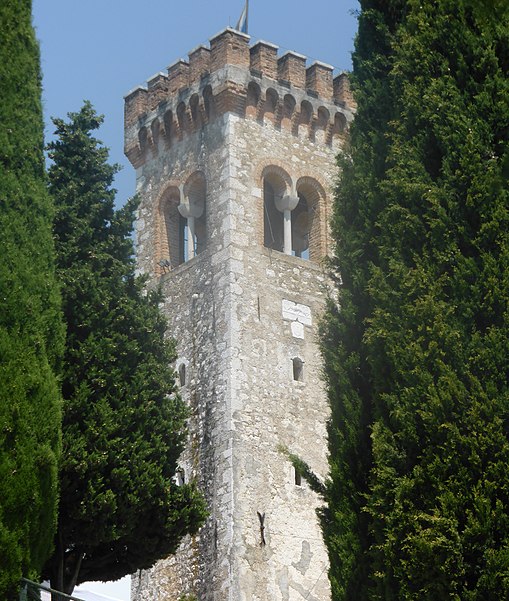Castello di Caneva, Caneva


Facts and practical information
The medieval castle of Caneva, according to some scholars, was built near an earlier Roman watchtower, a common construction in the foothills of the Veneto and Friuli, derived in turn perhaps from a Paleo-Venetian castelliere.
Probably the hill on which the castle stands and the area below were already inhabited in the early Middle Ages, but little is known about this era.
From 1034 the castle appears among the possessions of the Church of Aquileia: it was granted by Emperor Conrad II to Patriarch Poppone to fight the Hungarians, a population heading toward the Veneto around the year 1000. Coveted by several noblemen from Friuli, Treviso, and even Padua for its strategic location, the castle was a crucial point of many of the battles between the patriarchal troops and those of the Marca Trevigiana; one of the most difficult moments was a siege, by the Trevigiani, that lasted more than fifteen days and ended with devastation and deaths.
The castle, after submission to the Serenissima, was kept efficient enough to withstand the siege of the Turks. This information comes to us from the registers of the parish of Caneva, which also record the burning of Castelat di Villa and the Turkish invasion of the plain between Veneto and Friuli. From the 17th century, the castle's decline began, and today only remnants of the ancient manor remain of the defense walls and a few towers. In the center of the crumbling walls is the 11th-century church of Santa Lucia and the bell tower. Inside the former are Renaissance frescoes including a static St. Lawrence within a painted niche, due to the painter Pietro Gorizio.
Castello di Caneva – popular in the area (distance from the attraction)
Nearby attractions include: Pizzoc, Bus De La Lum, Church of Saints Peter and Paul, Chiesa dei Santi Maria Assunta e Cassiano.











